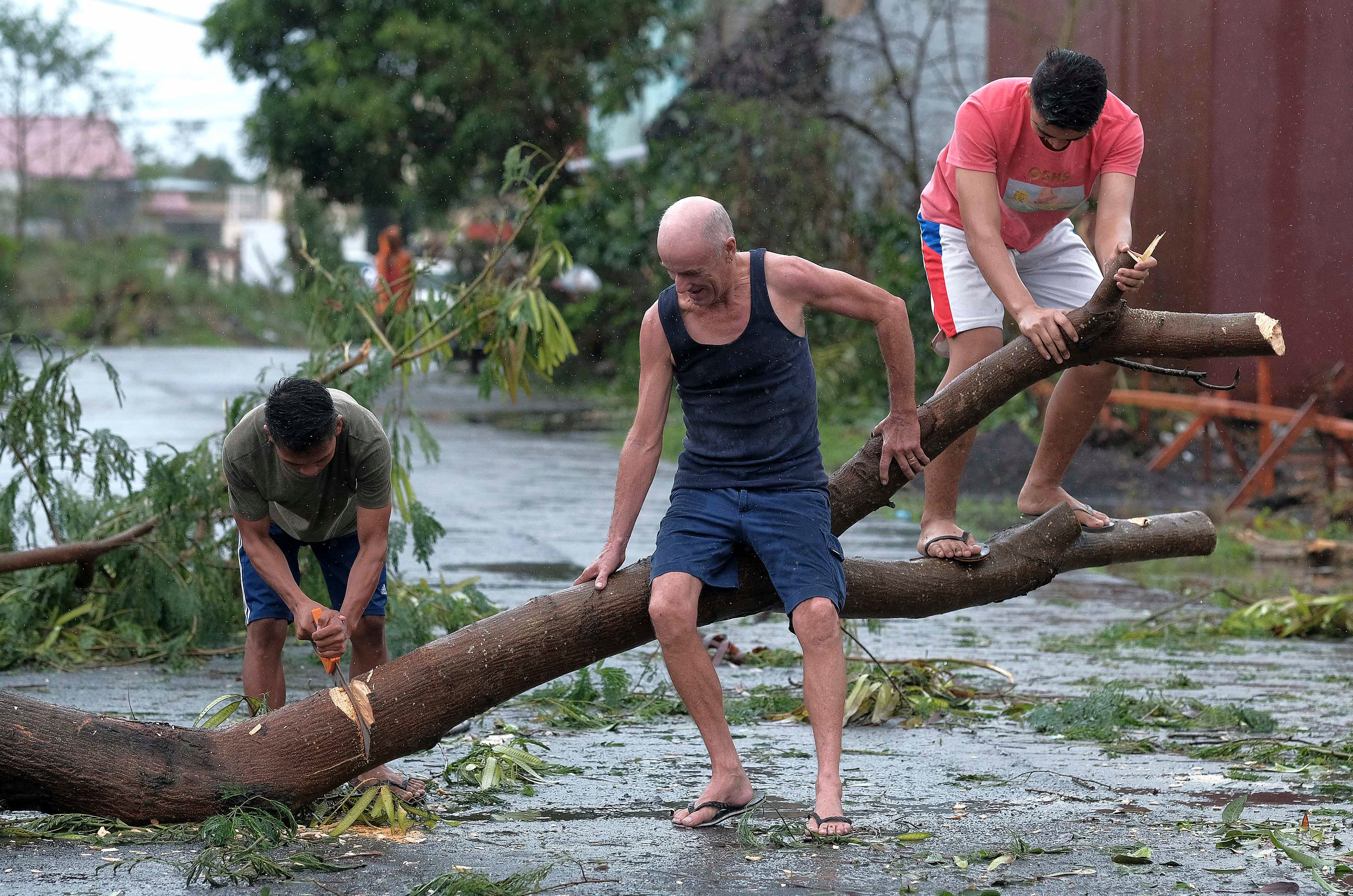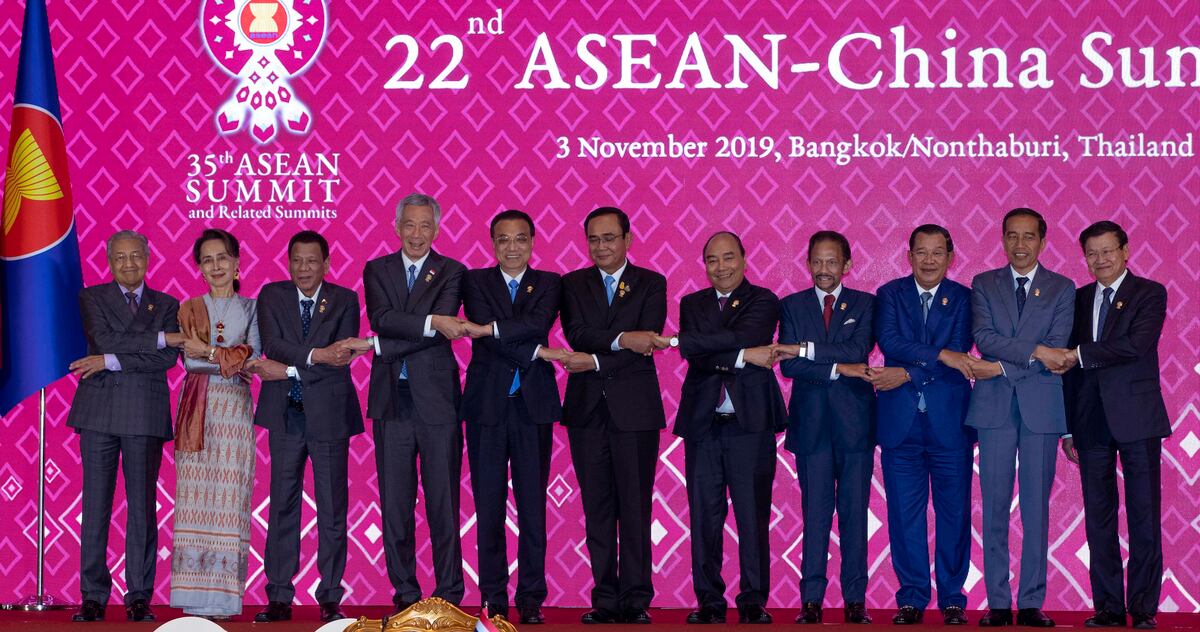BEIJING — Here’s your weekly look at recent developments in the South China Sea (and Indian Ocean) where China is pitted against smaller neighbors in multiple territorial disputes over islands, coral reefs and lagoons. The waters are a major shipping route for global commerce and are rich in fish and possible oil and gas reserves.
INDIAN NAVY EXPELS CHINESE SHIP
India's navy says it expelled a Chinese research ship that was conducting illegal activities within Indian waters.
The incident was reported earlier this month, although Indian reports said the expulsion took place several weeks ago.
They said the Chinese ship Shi Yan 1 was suspected of spying near the Port Blair region in the Andaman and Nicobar Islands lying between the Indian sub-continent and the Malay Peninsula.
China has grown increasingly active in the Indian Ocean, both as an extension of its quest to control key shipping channels and resources in the South China Sea, and in order to challenge longtime rivals India and the U.S.

JAPAN WARNS ABOUT BEIJING’S INTENTIONS
Japanese media say officials are concerned China will seek to craft a South China Sea code of conduct with members of the Association of Southeast Asian Nations that will seek to exclude countries viewed by Beijing as hostile interlopers, such as Japan and the United States.
Specifically, the agreement could make resource extraction off limits and require its permission for military operations between ASEAN member states and those not directly party to the agreement, according to Japan's Nikkei financial newspaper.
It quoted an unidentified Japanese official as saying China's goal was tie ASEAN's hands with rules that suit Beijing and eliminate or restrict outside influence.
Those echo comments in October by top U.S. diplomat David R. Stilwell that China holds a “repressive alternative vision” for the region that seeks to reorder it in its favor and has put Beijing “in a position of strategic competition with all who seek to preserve a free and open order of sovereign nations within a rules-based order.”
If China uses it to "legitimize its egregious behavior and unlawful maritime claims," a code of conduct would be harmful to the region and freedom of the seas, Stilwell said in testimony to the Senate Foreign Relations Committee.

DEADLY TYPHOON SWEEPS ACROSS PHILIPPINES
U.N. humanitarian officials say Typhoon Kammuri reportedly killed 13 people and displaced nearly 400,000 others as it crossed the Philippines with fierce winds and last week.
U.N. spokesman Stephane Dujarric said Thursday that humanitarian experts also reported that more than 1,000 houses were destroyed and thousands more damaged.
Kammuri toppled trees and electrical posts, ripped off tin roofs and battered a provincial airport as it blew across island provinces in the southern fringes of the main northern Luzon island on Tuesday before blowing into the South China Sea.
Dujarric said the U.N. and its humanitarian partners are supporting the government-led response efforts, with rapid assessments of damage in the most affected areas.
RELATED





